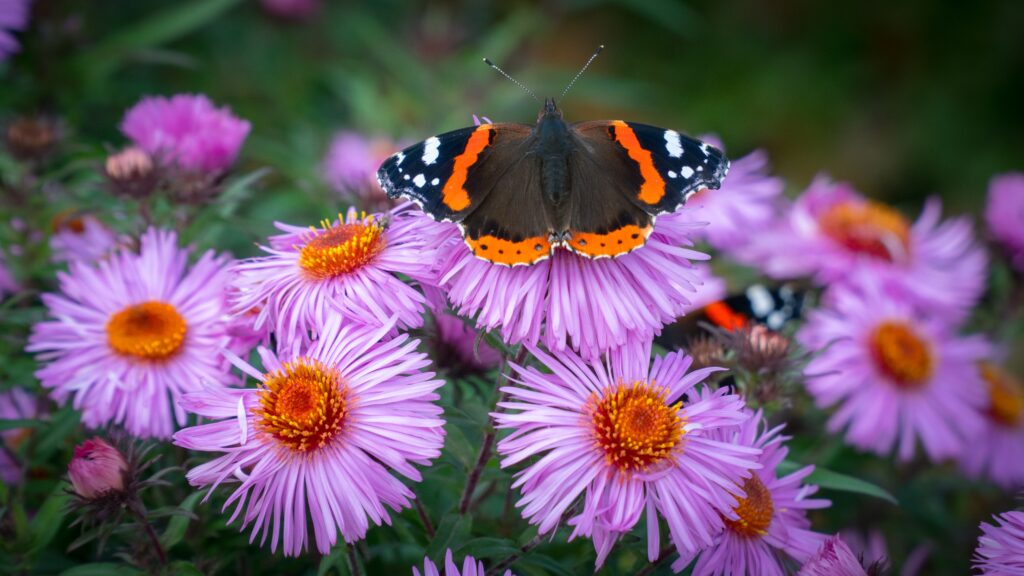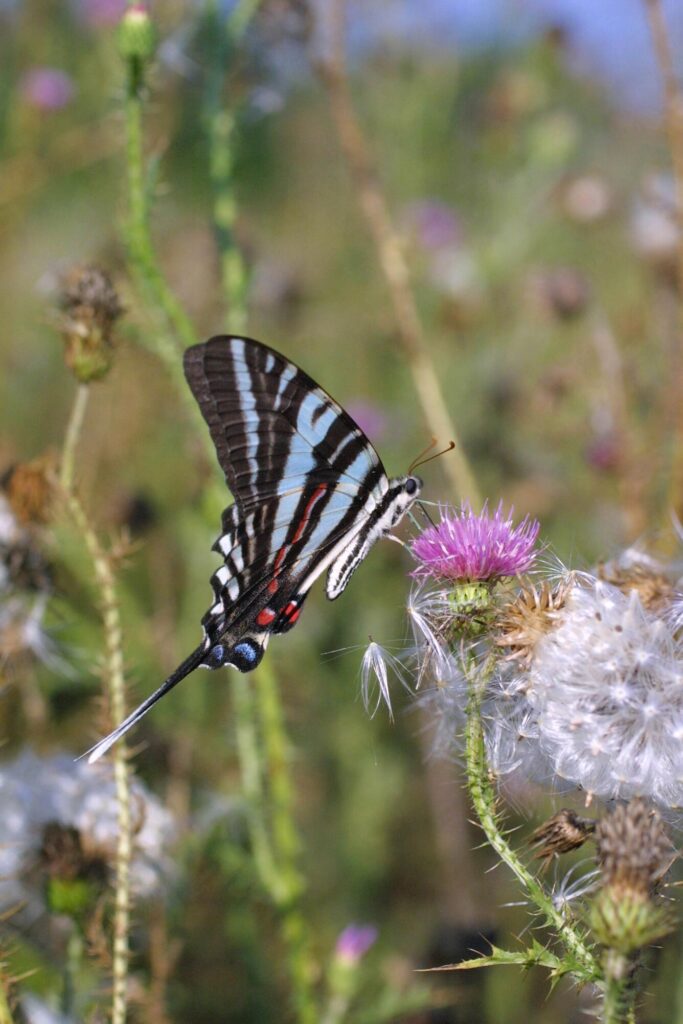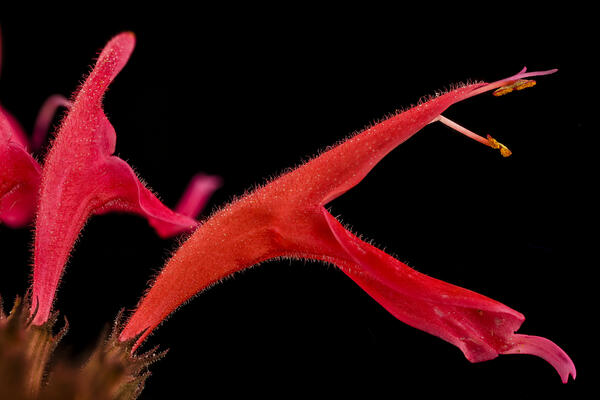Snowy cold winter days offer gardeners the perfect time to consider additions to their yards from the comfort of an easy chair and a warm fire.
Whether you plan to add tasty highbush blueberries, elegant dwarf crested irises, cheery coreopsis, or something else, you might want to consider the preferences of pollinators.

Native bees prefer purple, yellow, blue, violet, and white flowers. The most important of all pollinators, about 400 species of bees call Maryland home.
Unfortunately, 28% of bumble bees in Canada, the United States and Mexico have been placed on the threatened list by the International Union for Conservation of Nature (IUCN), accordioning to a recent analysis from the Xerces Society and IUCN.

Furthermore, 50% of leafcutter bee species and 27% of mason bee species are “at risk,” according to NatureServe.
Like bees, butterflies enjoy purple and yellow flowers but they also fancy red, pink and orange flowers.
More than 150 butterflies and skippers (named for their quick, darting flights) call Maryland home. Some are large and showy like the Giant Swallowtail while others are tiny, such as the Eastern Tailed-Blue.

Some live in a variety of habitats while other prefer specific conditions and won’t stray from a specific plant.
Many live short lives as adults of only a month or less. The remainder of the year is spent in the other three stages of their life cycle: egg, caterpillar, and pupa (inside the chrysalis), according to the Maryland Department of Natural Resources (MD DNR).
The Monarch offers a remarkable story. Weighing less than a paperclip, it can travel up to 3,000 miles. Plant that milkweed this spring so it is ready for them when they fly East!
The Ruby-throated Hummingbird fancies purple, yellow, red, pink, and orange flowers. It is the only species known to breed in the state though five other hummingbirds have been spotted here.
“To sustain their supercharged metabolisms, hummingbirds must eat once every 10 to 15 minutes and visit between 1,000 and 2,000 flowers per day,” states the Audubon Society website.
Other pollinators include ants, beetles, flies, moths, and wasps. There have been serious declines worldwide in all pollinators, including the Monarch.
Creating a high-quality environment benefits all pollinators. Avoid herbicides, pesticides and fungicides. Provide water and grow a mixture of plants that will bloom from early spring to late fall. Also grow large bunches of the same flower (10 or more if possible.) Bees that can fly from flower to flower without having to travel will conserve energy.
“From expansive meadows to backyard butterfly gardens and everywhere in between– every landscape can be optimized to support pollinators,” notes Xerces, on their online wild bee conservation page. Xerces is a non-profit organization working to protect and conserve invertebrates such as bees, butterflies, moths, fireflies and beetles.
Photos: A Zebra Swallowtail drinks nectar from a plumeless thistle in an abandoned field. Photo by Elizabeth A. Sellers, USGS.
Beebalm (Monarda didyma) attracts bees and hummingbirds. Photo by Helen Lowe Metzman, USGS.
The Red Admiral, sitting on an aster, is found in North and Central America. Photo by Ian Kelsall1, Pixabay. #native plants #color plants #butterflies #native bees #bumblebees #hu
